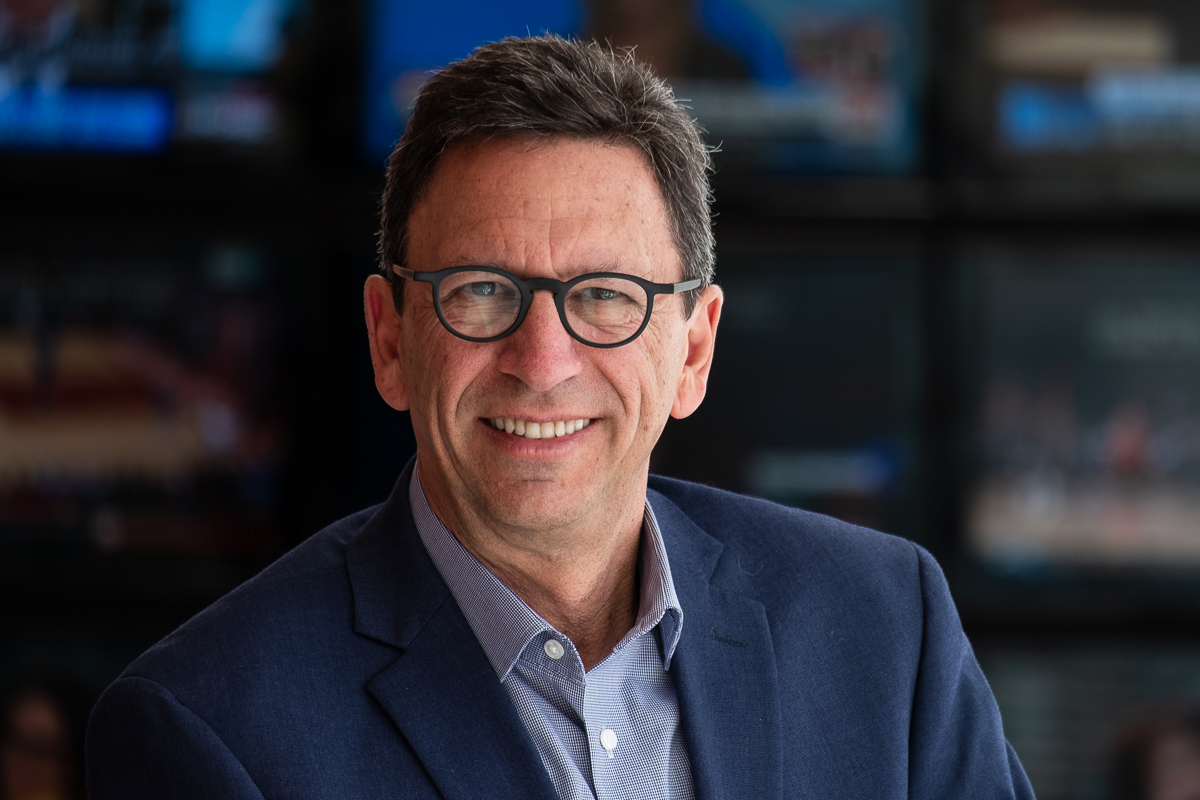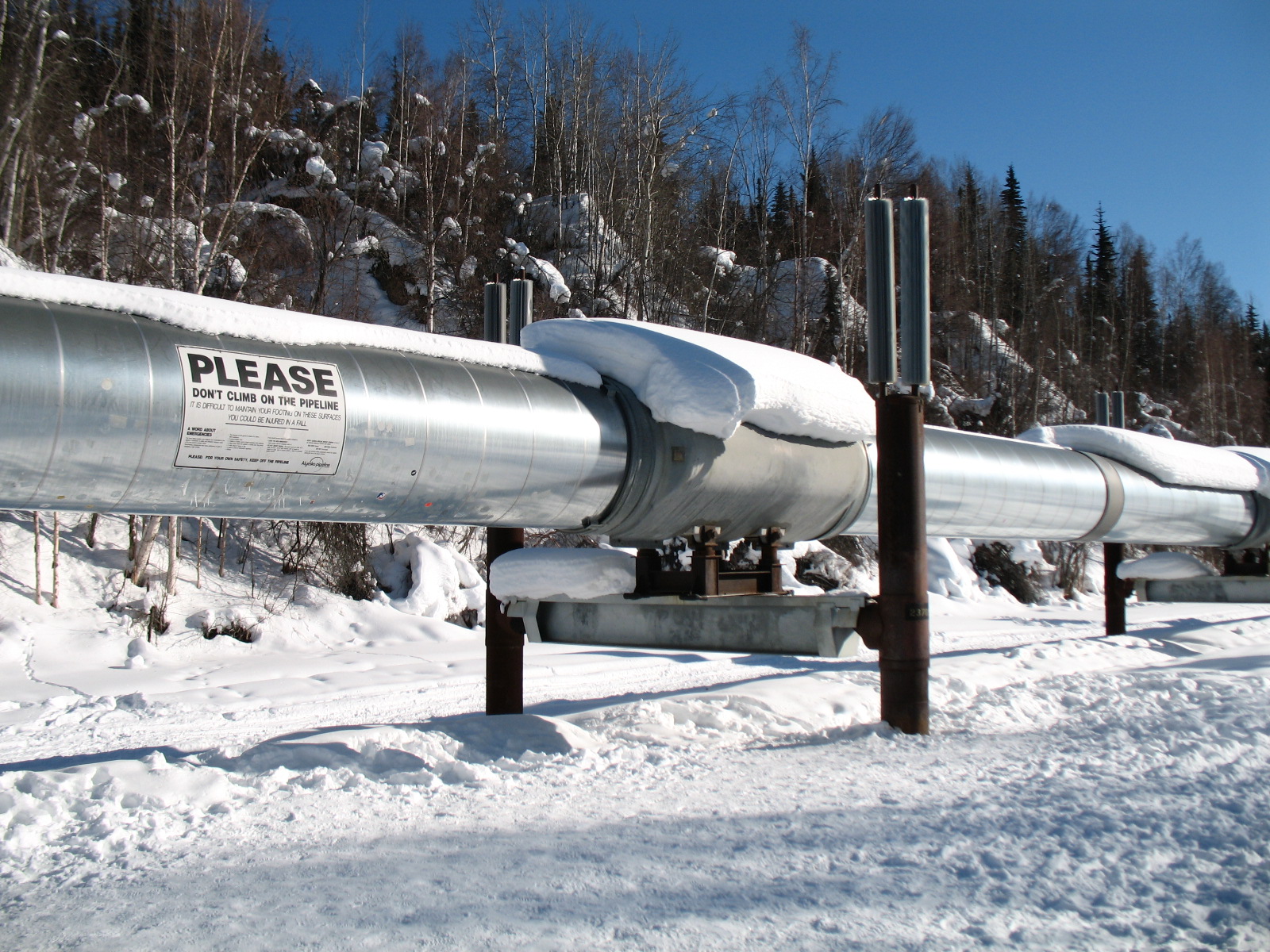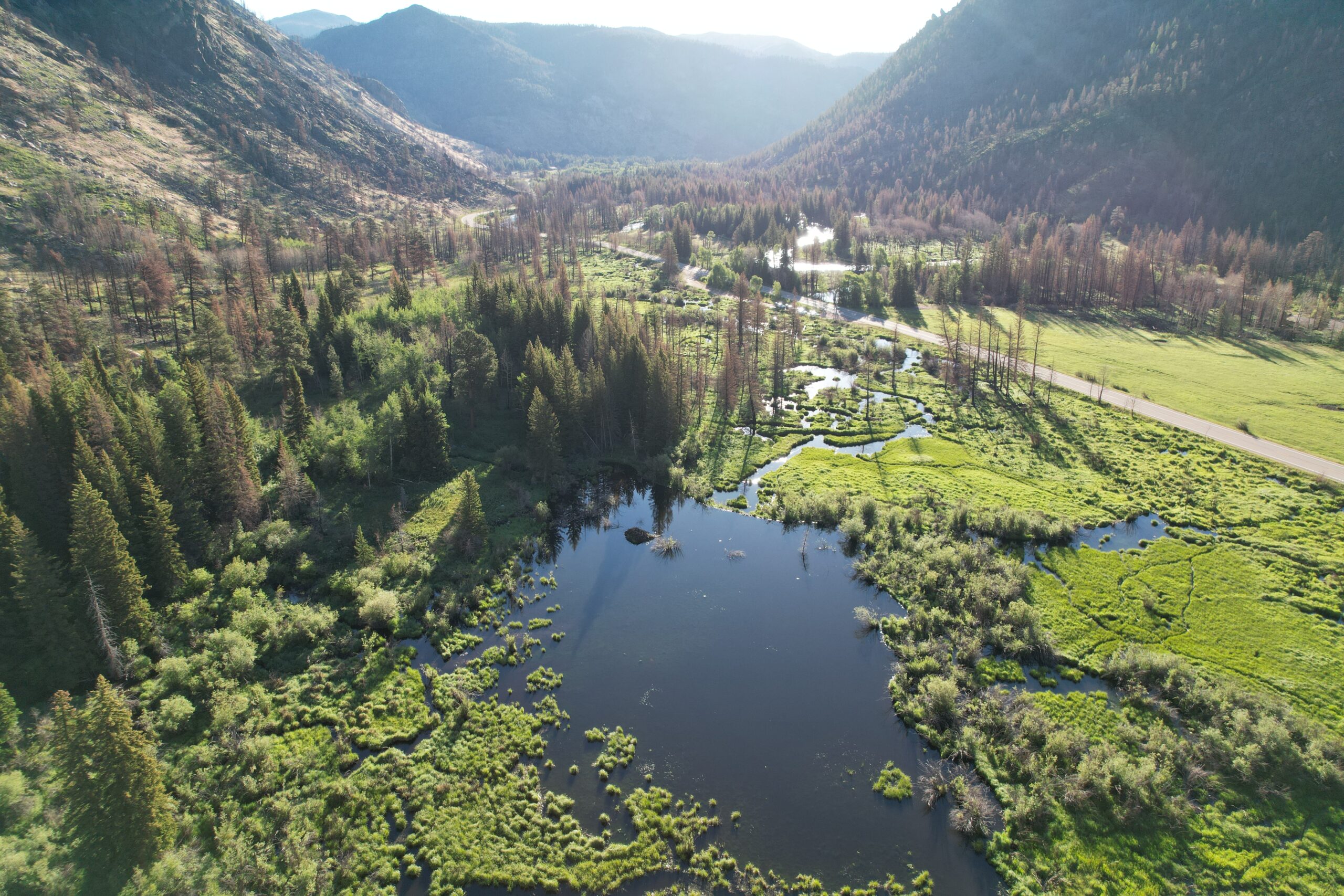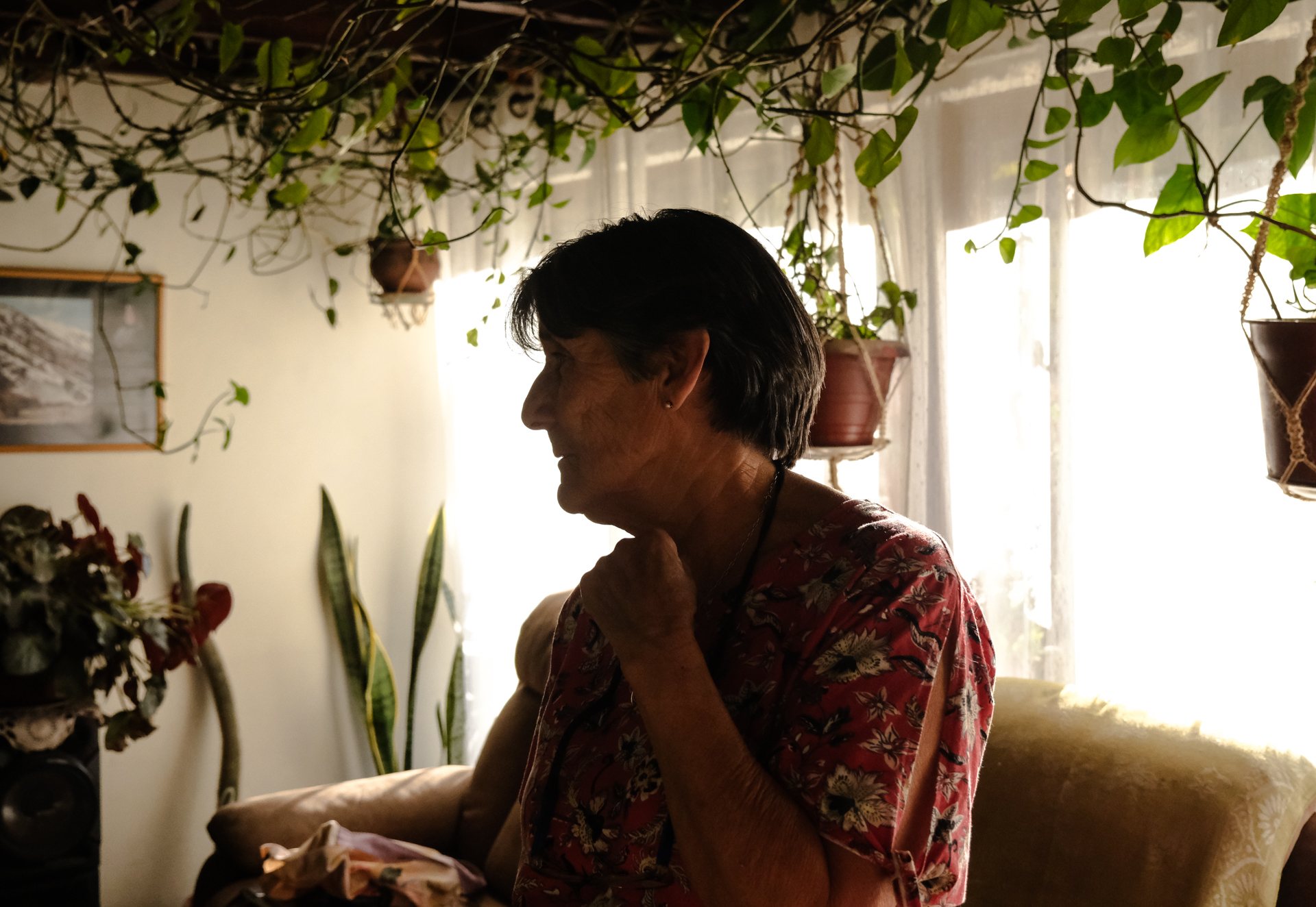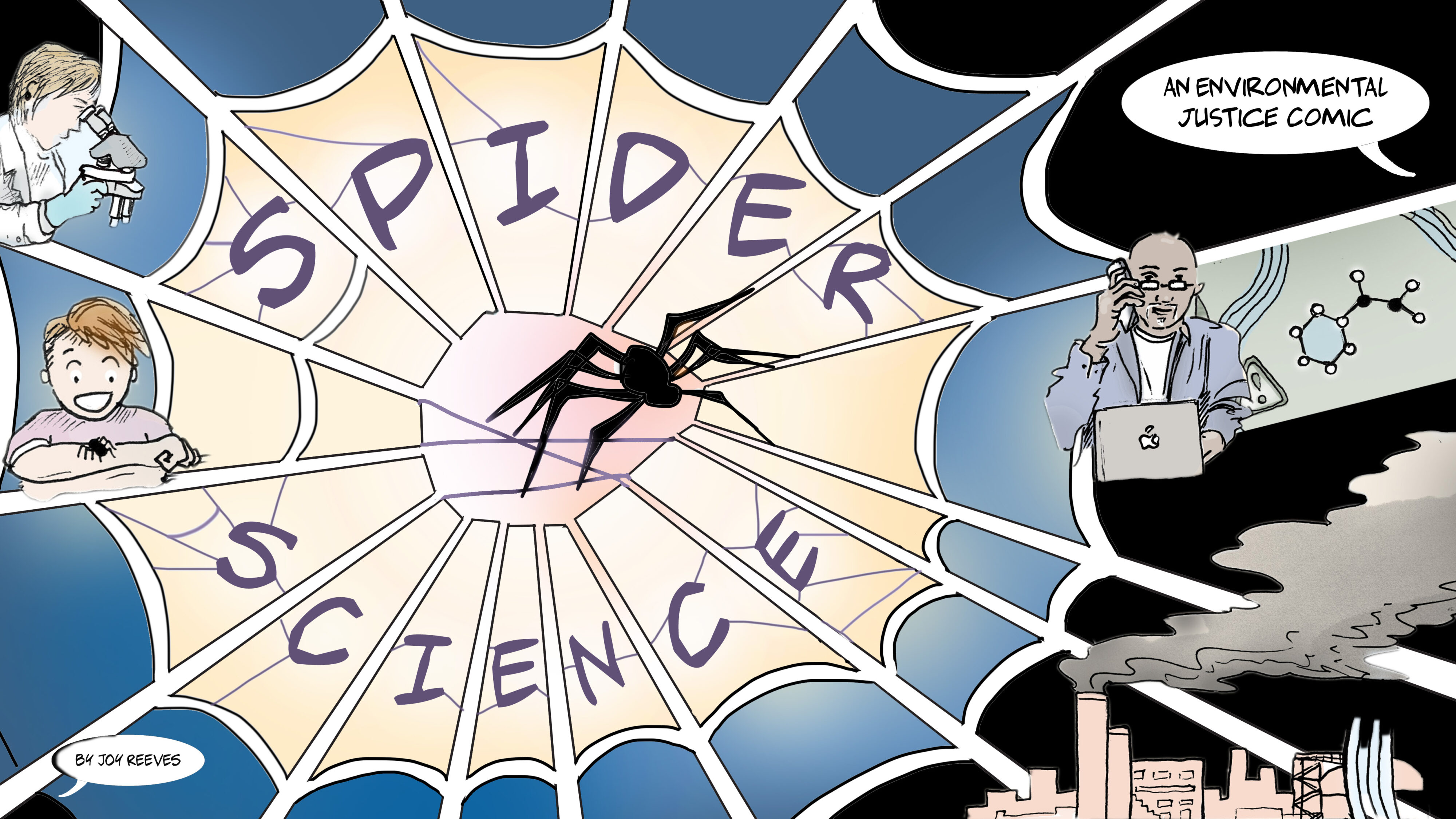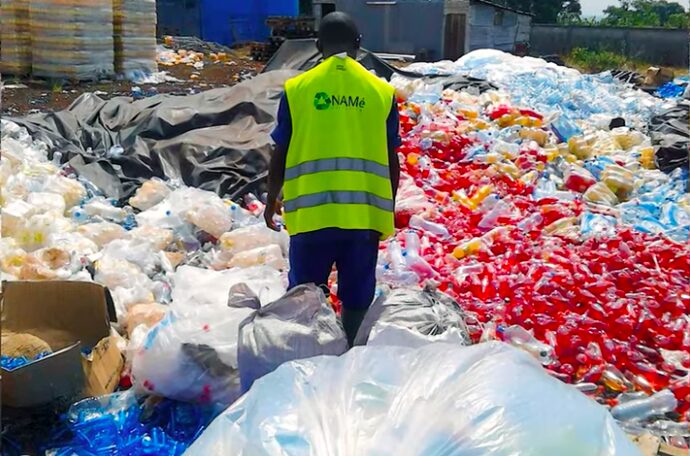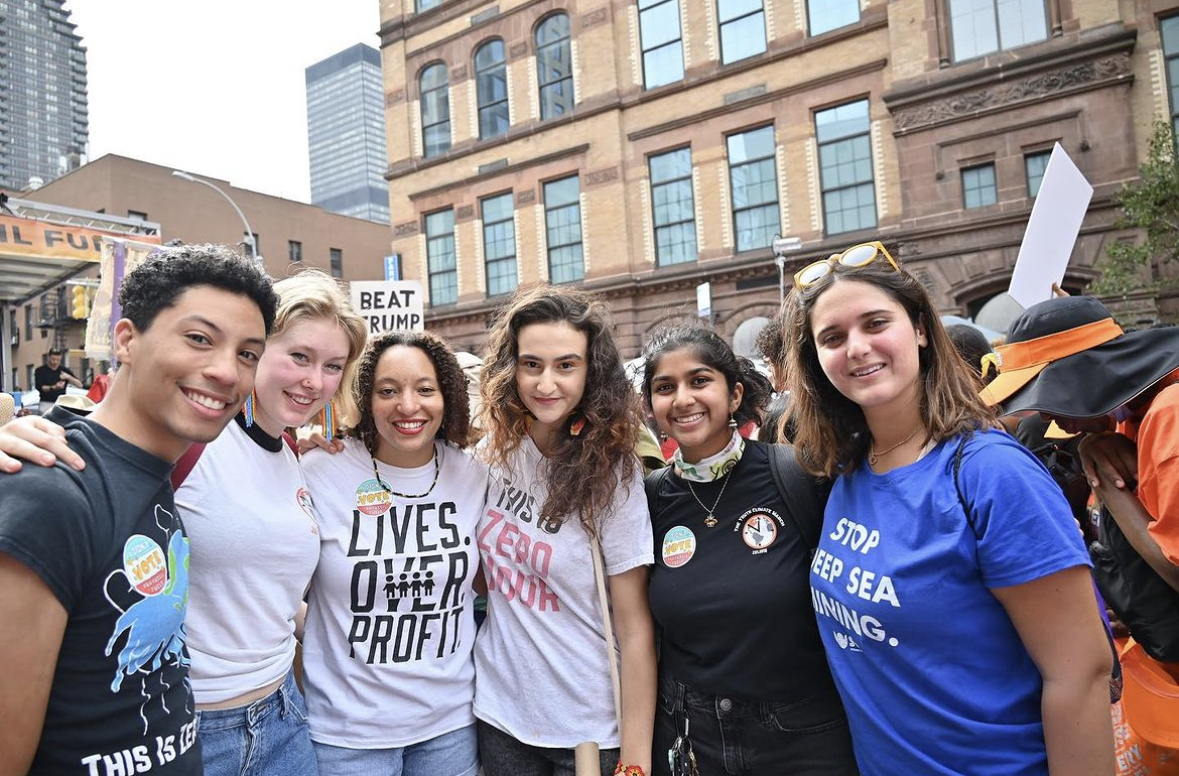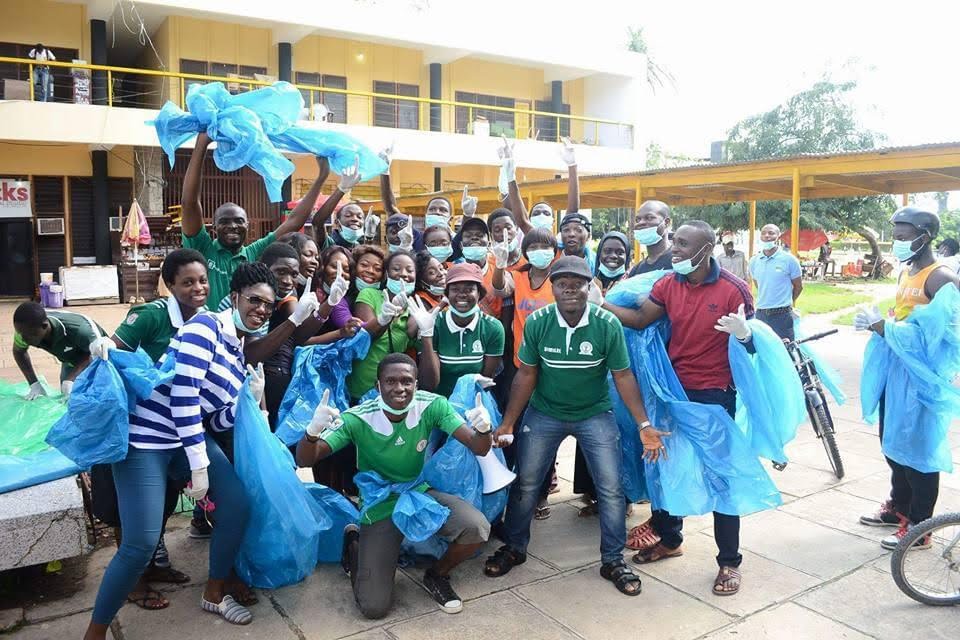
Congratulations 2024 Storyfest Winners!

The Planet Forward 2024 Summit culminated on Thursday, April 18 with the annual Storyfest awards. Eight students were awarded for their work in environmental storytelling and their excellence in communication across a variety of mediums.
This year, Storyfest entrants were judged in six categories: Best Written Story by a Media Student, Best Written Story by a Non-Media Student, Best Video by a Media Student, Best Video by a Non-Media Student, Best Multimedia Story by a Media Student, Best Multimedia Story by a Non-Media Student.
Planet Forward staff also selected the winners of the Spotlight Award and the GW Award; given to the stories that best profiled the environmental work of a member of a disadvantaged community, and to the work that best captured the values of George Washington University, respectively.
A special thanks goes out to this year’s Storyfest judging panel, which included Phil Frank, John Sutter, Elizabeth Joy Herzfeldt-Kamprath, Melanie Wallace, Gina Murphy-Darling, Jake Meyers, Deepti Bansal Gage, Tik Root, Lauren Risi, and our judging chair, Larry Evans.
This year’s Storyfest winners will travel with Lindblad Expeditions to the Galápagos or Iceland this summer to report on stories from the field.
Congratulations once more to this year’s Storyfest winners!
Best Written Story by a Media Student
The Climate Necessity Defense: How activists are using civil disobedience to fight climate change
By Delan Li, University of Connecticut
The judges said, “Delan moves into the focus of her story seamlessly and has a good flow, balance, and overview of the opportunities and challenges presented by this defense of civil disobedience. She did plenty of research and talked to many people, and her work paid off in a carefully and clearly written story.”
Best Written Story by a Non-Media Student
Making Home: A story of beaver and babies
By Mickki Garrity, University of Minnesota
The judges said, “Mickki Garrity has written a compelling story about our relationship with the natural world and with each other. She begins by sharing a creation story of the Nishnabek people, the story of the first man and his first teacher, the beaver. She describes how the beaver lives in the world and how we can learn from the beaver’s example.”
Best Multimedia Story by a Media Student
Looking back on Alto Maipo: Hydropower and controversy in the Chilean Andes
By Laura Isaza & Sachi Kitajima Mulkey, UC Berkeley
The judges said, “The added element of voices gives the viewer a feeling of actually knowing who is impacted by this environmental issue and is the type of storytelling that helps one learn more through local voices. One of our judges stated that, as a Spanish speaker, it was great to hear the voices of the speakers interviewed first hand. For all of the above reasons, this was our number one choice.”
Best Multimedia Story by a Non-Media Student
Your friendly neighborhood spider-party: Community scientists use spider webs to monitor air pollution
By Joy Reeves, Duke University
The judges said, “One of the most impressive submissions we have seen during our collective time with Planet Forward. Clearly, so much effort went into this story from the research to the process to build out the story with very impressive drawings. The editorial quality is top notch. The three of us also loved the attribution at the end that provided a way to engage the audience to act.”
Best Video by a Media Student
Sweltering Saguaros: Survival in a changing desert
By Jason Marmon & Daniel Stipanovich, Arizona State University
The judges said, “It took us to a place we had not been, told us things we did not know, and did so with beautiful photography, humor, creative editing, and fun music. The featured speakers were diverse, knowledgeable, and interesting. A high quality endeavor.”
Best Video by a Non-Media Student
Growing Gigas: Farming giant clams in Kosrae, Micronesia
By Micah Seidel, Rutgers University
The judges said, “Micah Seidel takes viewers to a place most have never been – a giant clam farm in Micronesia. Drone footage gives geographic context to this distant paradise, and a well-planned combination of original and acquired footage explain the intertwined plights of giant clams, corals, and entire marine ecosystems.”
Spotlight Award
Namé Recycling: Combining revenue, jobs, and sustainability
By Beverly Ndifoin, Notre Dame University
The staff said, “Beverly’s story expertly shows how one person can make a gigantic difference in their community. By profiling the innovative work of Namé Recycling in her home country of Cameroon, Beverly captures how one business can make a significant impact in the fight against plastic waste pollution, while creating new, useful products in the process.”
GW Award
Gen-Z’s calling: One youth-climate org works to turn anxiety into action
By Ayah Mahana, George Washington University
The staff said, “Ayah’s story captures the fears, dreams, and energy of a group of young people who came together to create climate action. Ayah chronicles the genesis of Zero Hour, whose members came from across the country, to descend on Washington DC for a historic climate march in 2018. Her story captures the power of young people to organize, have their voices heard, and create change.”














